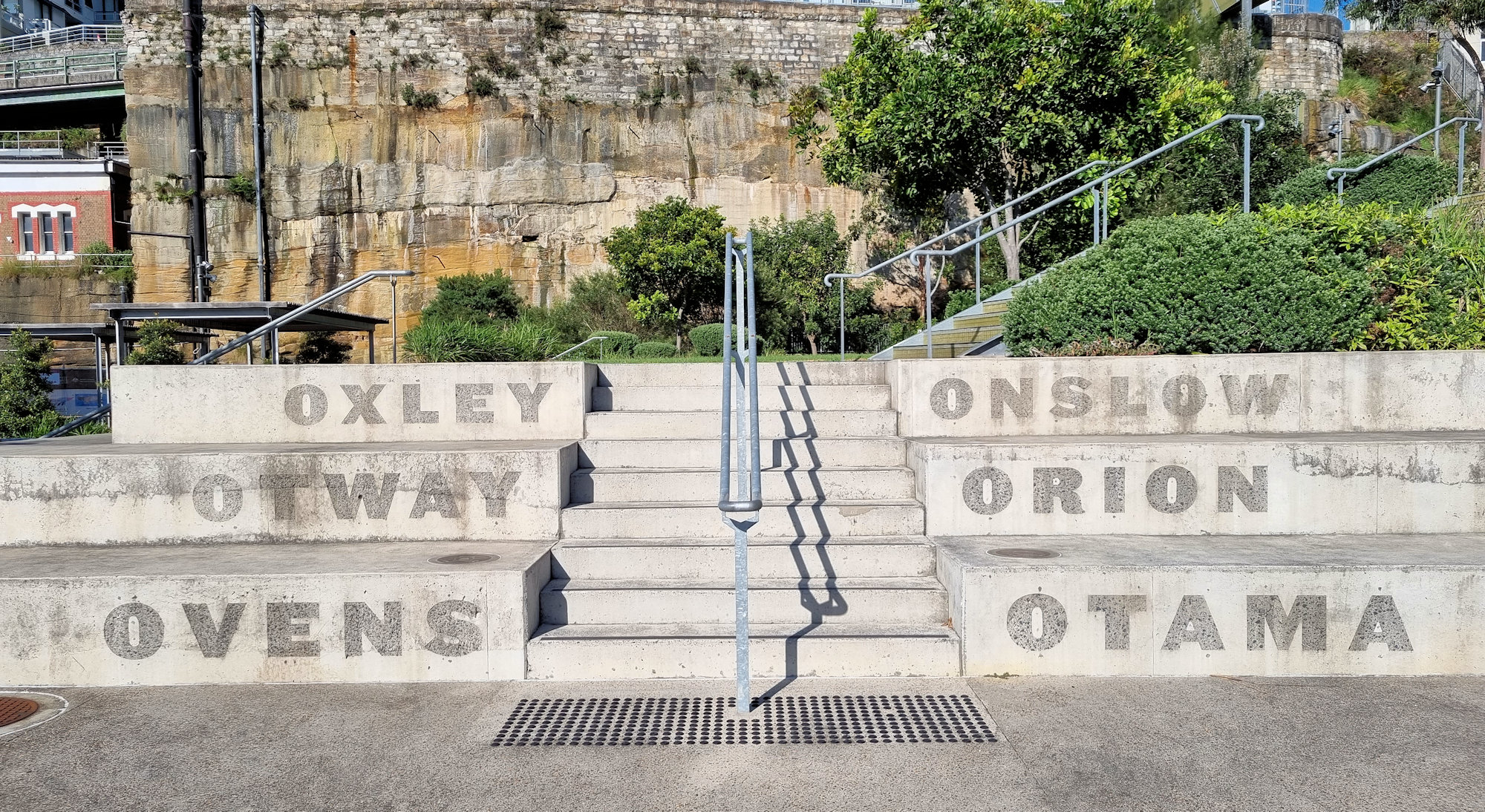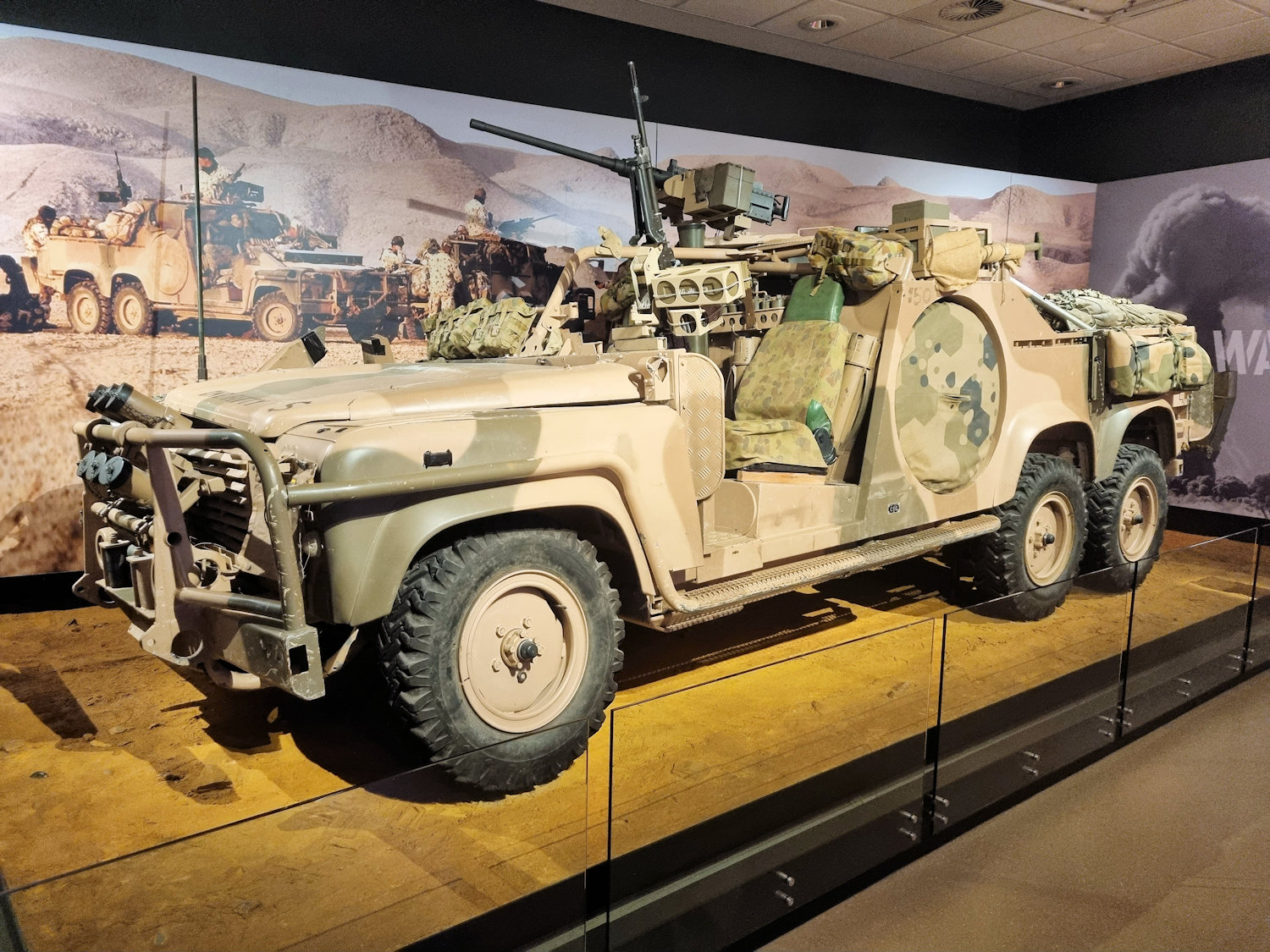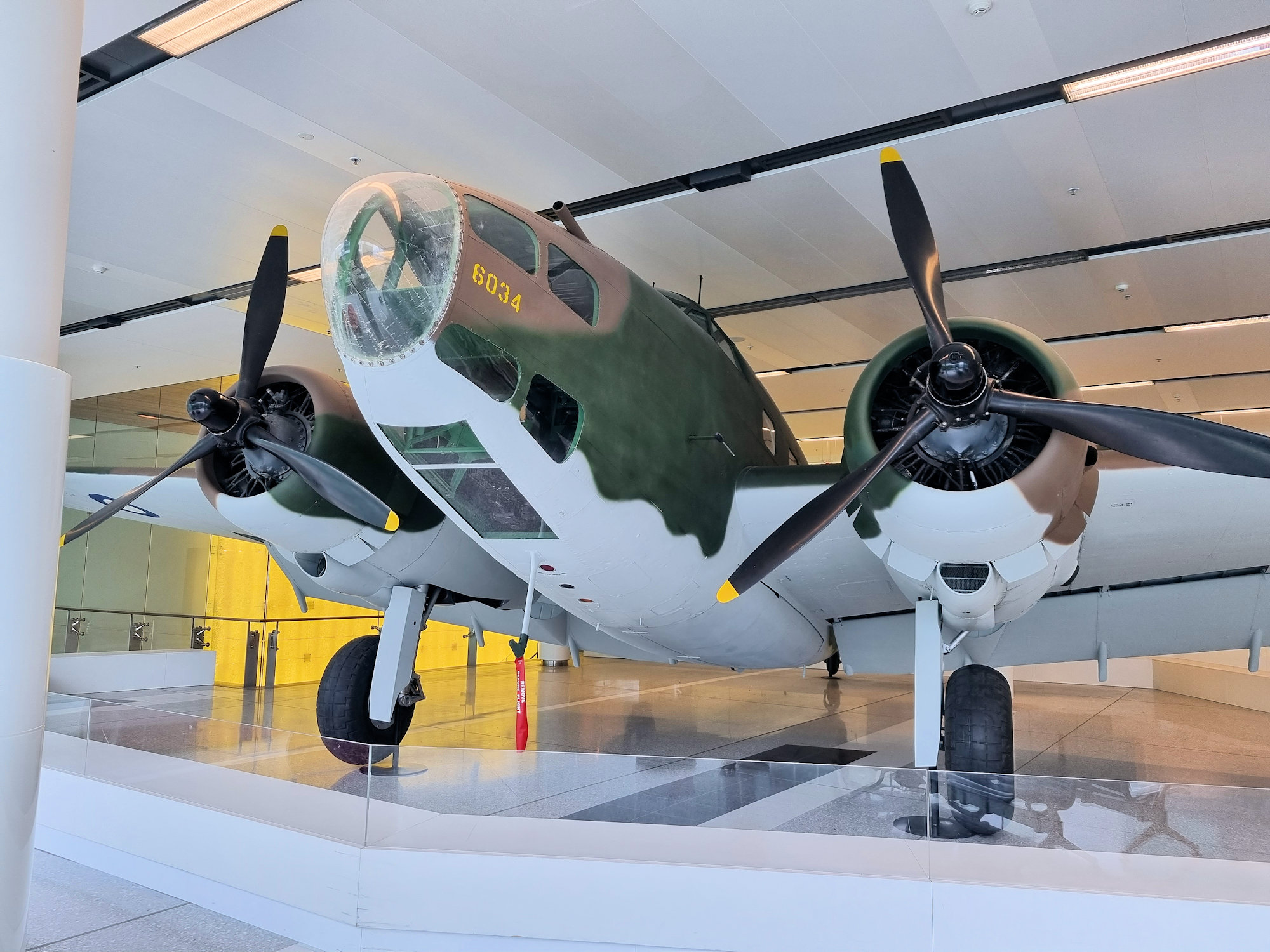Category: Military
-
Sub Base Platypus Sydney

Sub Base Platypus Sydney Sub Base Platypus is a unique site located in Neutral Bay, Sydney, Australia. The site has a rich history dating back to the early 1900s when it was originally used as a gasworks site. In the early 1960s, the site was acquired by the Royal Australian Navy (RAN) and used as… Read more
-
Australian War Memorial 1945 to Today

Australian War Memorial 1945 to Today During our previous trip to Canberra, the gallery “Conflicts 1945” to Today in the Australian War Memorial was closed because of the renovations. This time however, it was open, so we took the opportunity to look around. This gallery commemorates all the conflicts involving Australians from 1945 to today.… Read more
-
Canberra Airport Hudson Bomber

Lockheed Hudson Mk.IV A16-105 at Canberra Airport Something you don’t expect to see is a five-tonne bomber on the second floor of an airport terminal. However, Canberra Airport has a Lockheed Hudson bomber doing just that. Sitting at the far end of the check-in desks, it’s a monument to all of the RAAF crews who… Read more